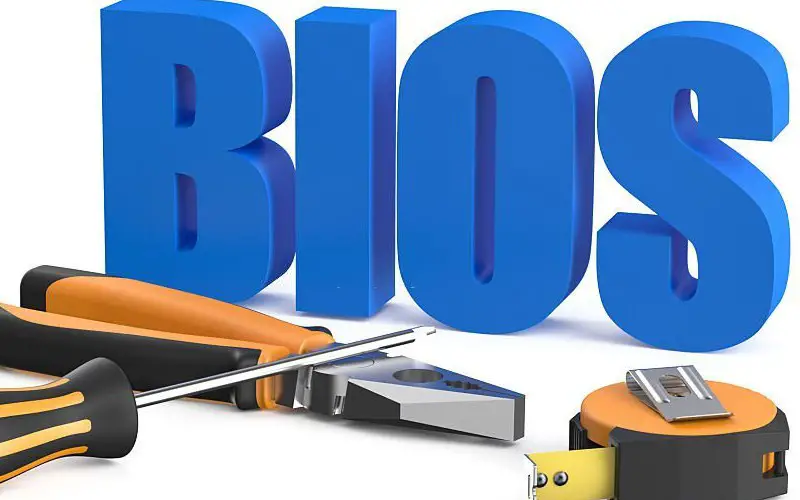If you’re not sure what the BIOS is or what it does, you’re not alone. A lot of people don’t know, and even fewer understand the important role a bootloader plays in keeping your computer running smoothly.
In this article, we’ll explain the difference between BIOS and bootloader and why it’s so important to have a good understanding of both.
What is BIOS?
The BIOS is a piece of software that sits on a chip on your computer’s motherboard. It’s responsible for initializing all the hardware when you first turn on your PC, and it also provides a low-level interface to the hardware that allows other software to interact with it. The BIOS is also responsible for booting your computer.
When you turn on your PC, the BIOS first checks to see if all the hardware is working properly.
It then loads the bootloader from your hard drive and hands-off control. The bootloader’s job is to load the operating system (OS) into memory and start it up.
If you ever need to change your computer’s settings, you’ll do it through the BIOS. For example, if you want to change your computer’s boot order (the order in which it boots up different devices), you’ll need to access the BIOS and change the setting.
How Does BIOS Work?
BIOS is a type of firmware that is used to perform hardware initialization during the boot process, as well as provide runtime services for operating systems and programs.
Unlike an operating system (OS), which can be installed by the user, BIOS comes pre-installed on a computer’s motherboard. BIOS is stored in read-only memory (ROM), which can only be modified by replacing the entire chip.
This makes BIOS chips relatively resistant to malware, although not immune. Despite its importance, the BIOS is often overlooked by users, who are more likely to be familiar with their computer’s OS.
However, a properly configured BIOS can help to optimize performance and stability. For example, the BIOS can be used to enable or disable certain hardware components, as well as control the boot order of devices.
Users who are comfortable making changes to their computer’s BIOS can often squeeze out more performance by tweaking these settings.
What is a Bootloader?
A bootloader is a piece of software that sits on your computer’s hard drive and is responsible for loading the OS (Operating System). When you turn on your PC, the BIOS hands off control to the bootloader, which loads the OS into memory and starts it up.
There are plenty of different bootloaders, but two of the most popular are GRUB and Bootmgr. If you’re using Linux, chances are you’re using GRUB. If you’re using Windows, chances are you’re using Bootmgr.
How Does a Bootloader Work?
The device firmware is the software responsible for the notification you see on the screen when you press the start button on a computer. This information is usually implemented by manufacturers in flash memory on the computer’s motherboard.
With most desktop PCs and laptops, this will be the BIOS (Basic Input/Output System) or the more modern UEFI (Unified Extensible Firmware Interface). Both applications collect hardware data and create a complete list of the device’s available drives.
The BIOS is responsible for booting up the computer and accessing basic hardware functions, while the UEFI provides more advanced features such as secure boot and data encryption.
To change the settings on your computer, you will need to access the BIOS or UEFI through the use of a special key, which is usually F2, F12, or DEL. Once you have accessed the correct menu, you will be able to change the settings on your computer to suit your needs.
Why is it Important to Understand the Difference?
It’s important to understand the difference between BIOS and bootloader because they play a vital role in your computer’s operation. If something goes wrong with either one, it can cause serious problems.
For example, if your BIOS is corrupted, it can prevent your computer from booting up. If your bootloader is corrupted, it can prevent your computer from loading the OS. Either way, you’re not going to be able to use your computer until the problem is fixed.
Conclusion
The BIOS is software that initializes your computer’s hardware and hands-off control to the bootloader. The bootloader is a piece of software that loads the OS into memory and starts it up. Both are important, and if either is corrupted, it can cause serious problems.






